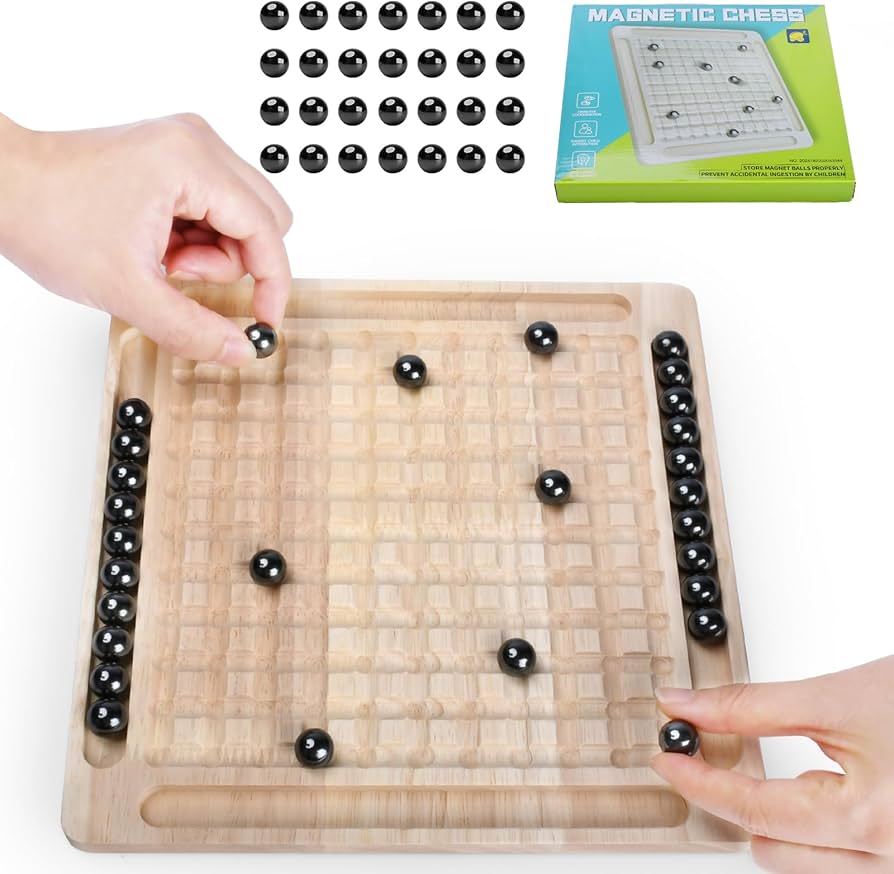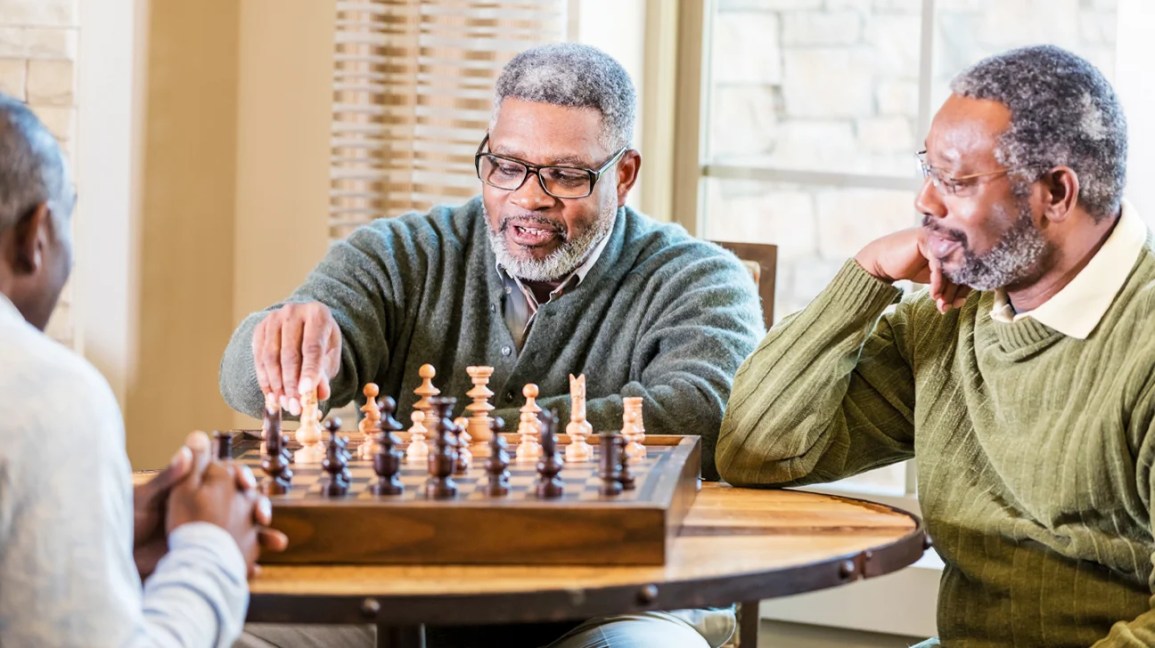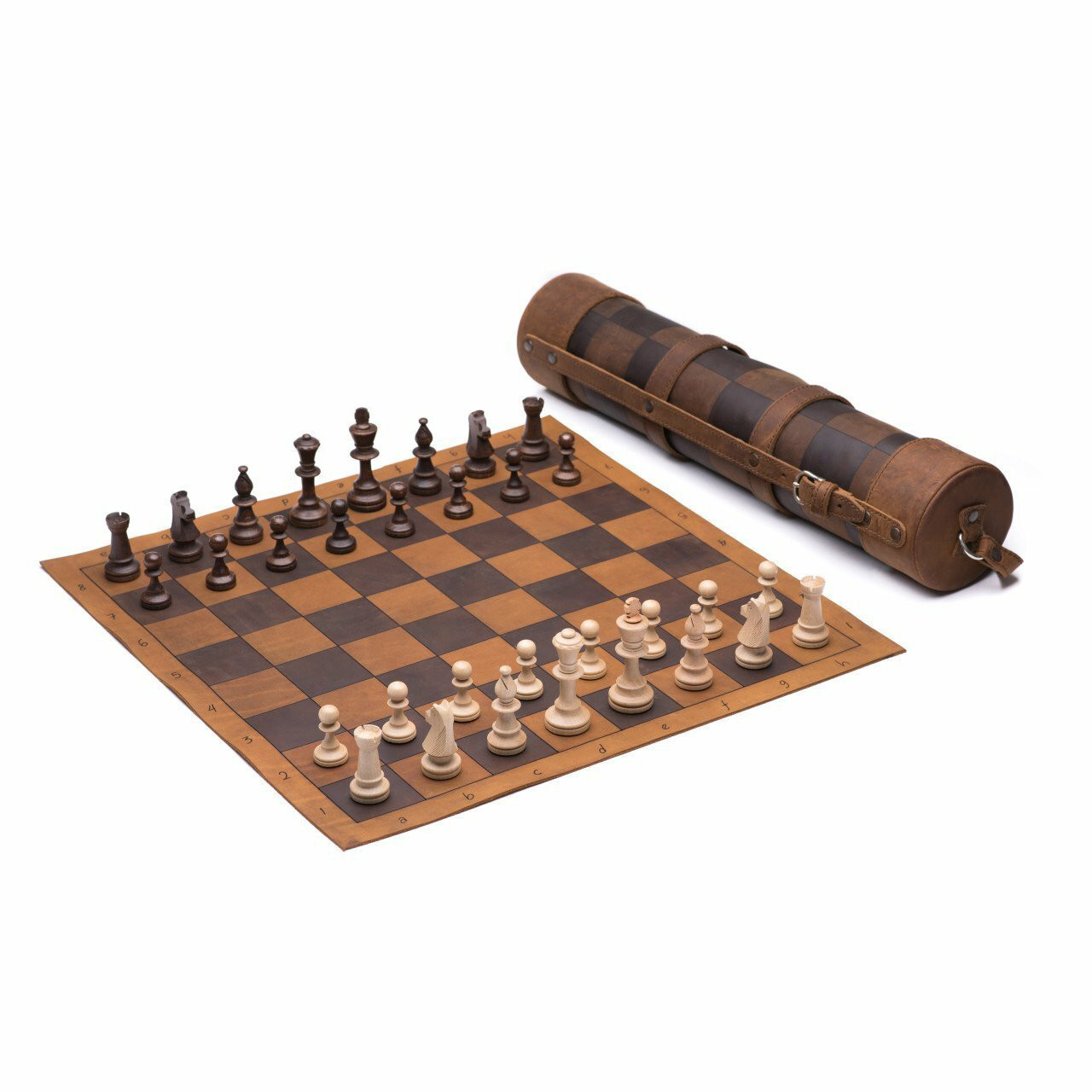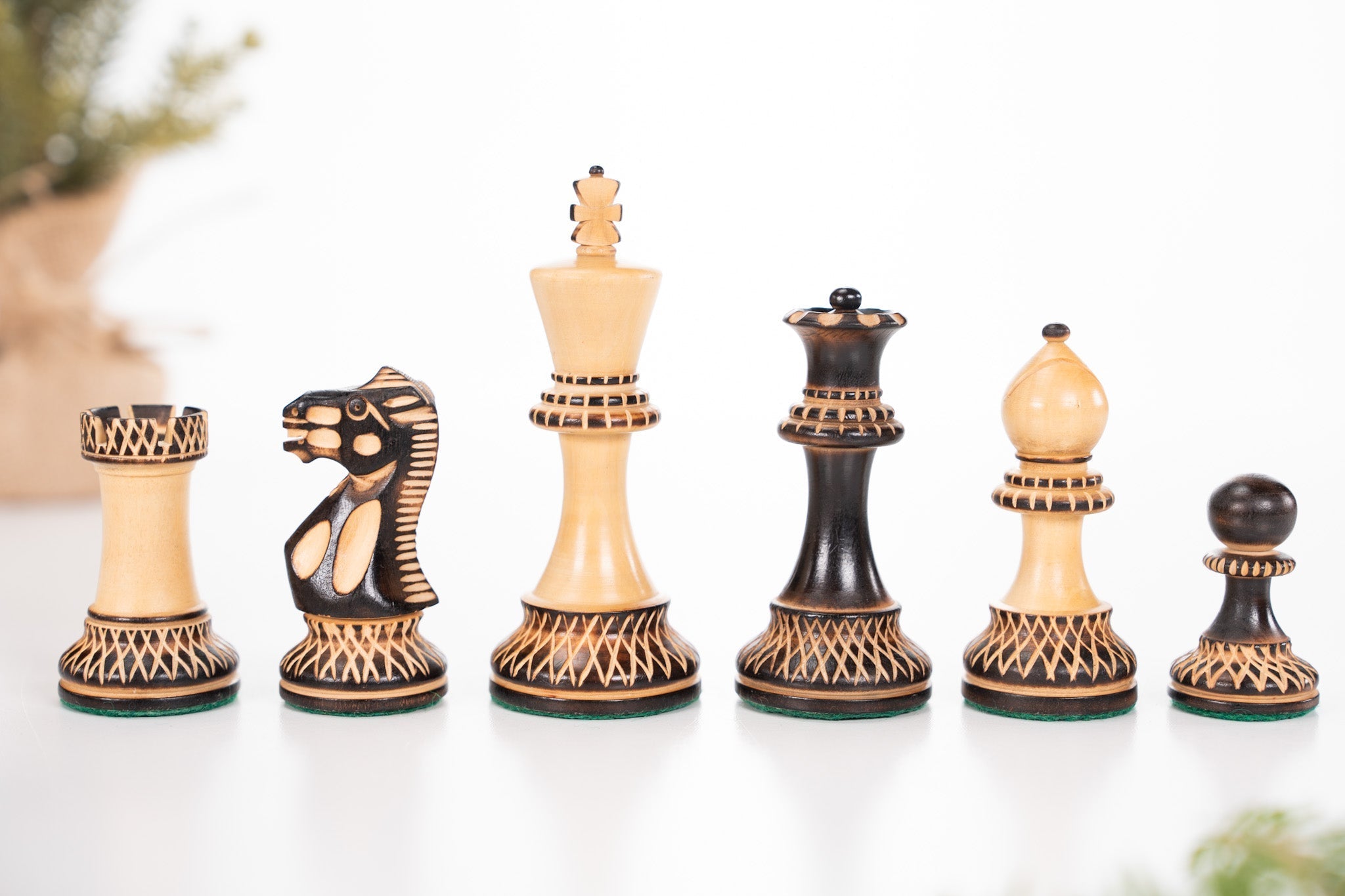Chess is a game of strategy and tactics. Two important tactics in chess are the pin and the skewer. They help you gain an advantage over your opponent. But what exactly are these tactics? And how do they differ from each other?
Understanding the Pin
A pin is a situation in chess where a piece cannot move without exposing a more valuable piece behind it. The pinned piece is “stuck”. It cannot move or it will put the more valuable piece in danger.
Types Of Pins
There are two main types of pins:
- Absolute Pin: In an absolute pin, the pinned piece cannot move at all. This is because moving it would expose the king to a check, which is illegal.
- Relative Pin: In a relative pin, the pinned piece can legally move, but doing so would expose a more valuable piece, like a queen or rook, to capture.
Examples Of Pins
Let’s look at some examples to understand pins better:
| Absolute Pin | Relative Pin |
|---|---|
| Imagine a knight pinned by a bishop. Behind the knight is the king. The knight cannot move without exposing the king to check. | Imagine a bishop pinned by a rook. Behind the bishop is the queen. The bishop can move, but it would leave the queen vulnerable. |

Credit: chessmood.com
Understanding the Skewer
A skewer is similar to a pin but works in reverse. In a skewer, a valuable piece is in front of a less valuable piece. When the valuable piece moves, the less valuable piece can be captured. This tactic forces the opponent to move the valuable piece, allowing you to capture the piece behind it.
Examples Of Skewers
Let’s look at some examples to understand skewers better:
| Example 1 | Example 2 |
|---|---|
| A rook skews a queen and a pawn. The queen must move, allowing the rook to capture the pawn. | A bishop skews a king and a rook. The king must move, allowing the bishop to capture the rook. |
Comparing Pins and Skewers
Now that we understand pins and skewers, let’s compare them:
- Position: In a pin, the less valuable piece is in front. In a skewer, the more valuable piece is in front.
- Action: In a pin, the less valuable piece is stuck. In a skewer, the more valuable piece must move.
- Result: In both tactics, you aim to capture a valuable piece.
How to Use Pins and Skewers in Your Games
Using pins and skewers can give you an advantage. Here are some tips:
- Look for opportunities to pin or skewer your opponent’s pieces.
- Use your bishops and rooks. They are great for these tactics.
- Plan your moves. Think ahead to set up pins and skewers.
- Watch out for your opponent’s pins and skewers. Avoid falling into these traps.

Credit: www.youtube.com
Conclusion
Pins and skewers are powerful tactics in chess. They can help you gain an advantage and win the game. By understanding these tactics and using them wisely, you can become a better chess player. So, practice these tactics and use them in your games.







